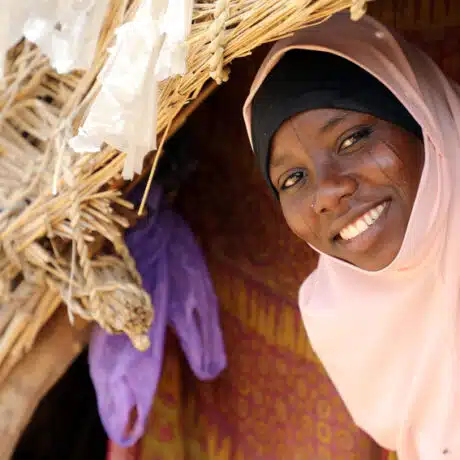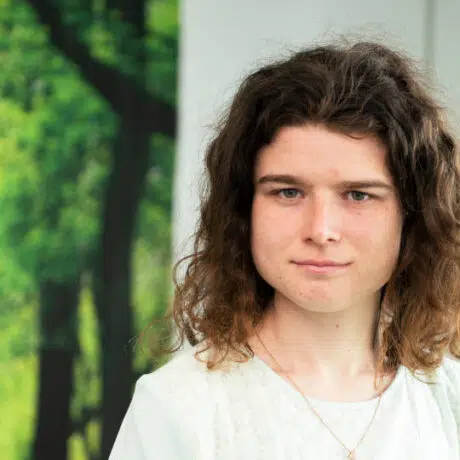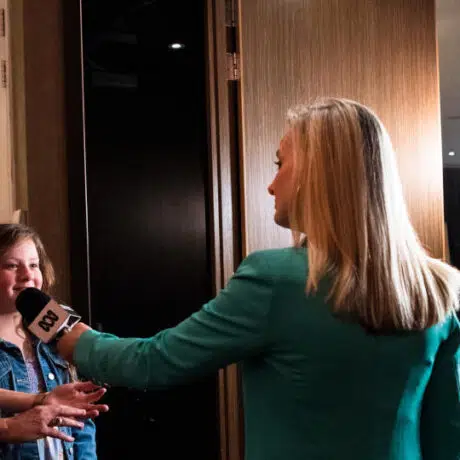News and Stories - Girls Rights - 18 June 2018
Voices of The Rohingya

*Content warning: this post discusses sexual violence.*
In times of crisis, the rights adolescent girls are profoundly impacted because of their age and gender. Yet their voices often go unheard.
Plan International and Monash University are talking to girls who have been impacted by ongoing crises so that we can ensure their voices are heard in the response.
On world refugee day we’re launching the second report in our series Adolescent Girls In Crisis: Voices of the Rohigya with a focus on adolescent Rohingya girls who have been displaced by the violence in Myanmar.
The report reveals the horrific levels of extreme violence that girls experienced and witnessed in Myanmar. They spoke of beatings, torture and burnings, and witnessing the deaths of their own family and friends. One 19-year-old girl told researchers:
“They burnt my house in Burma, killing my siblings. To save my own life I have fled to Bangladesh.”
Many girls have been exposed to severe forms of sexual violence. One girl shared her story of a friend killed following a sexual assault – “My female friend was killed by a boy after doing bad things to her”.
“No child, no girl, no human, should ever have to endure what these girls have in their short life,” our CEO, Susanne Legena has said.
Based on a survey of 300 girls aged 10-19 in Balukhali camp in Cox’s Bazar in Bangladesh, the report found:
- Close to one in three (28%) girls had reported a major injury or illness in the last year.
- Girls, though safe from extreme violence after fleeing Myanmar, continued to report high rates of violence in the camps. Troublingly, one in four girls aged 10-14 reported being hit or beaten in the past month.
- Many girls reported that since arriving in the camp, they never or rarely leave their tent.
- Only 28% of girls were currently attending educational programs. Almost no girls aged 15-19 had access to learning centres.
- High rates of teenage pregnancy were also reported with 16% of girls aged 15 to 19 experiencing pregnancy.
“Not only are girls struggling to recover from witnessing or experiencing physical and sexual violence, but they’re struggling to rebuild their lives in Bangladesh. Girls told us that they face daily isolation and disconnection, with many telling us they’re unable to leave the stifling, over-crowded tents that they call home due to concerns for their safety and cultural norms.” Ms Legena said.
Plan International Australia and Monash University hope to see this research used to guide the humanitarian sector’s and government’s response to girls aged 10 to 19 in protracted crises.
Plan International Australia is also calling on the Australian Government to adopt a more strategic approach to meeting the needs of adolescent girls, more broadly, through Australia’s aid and development program.





